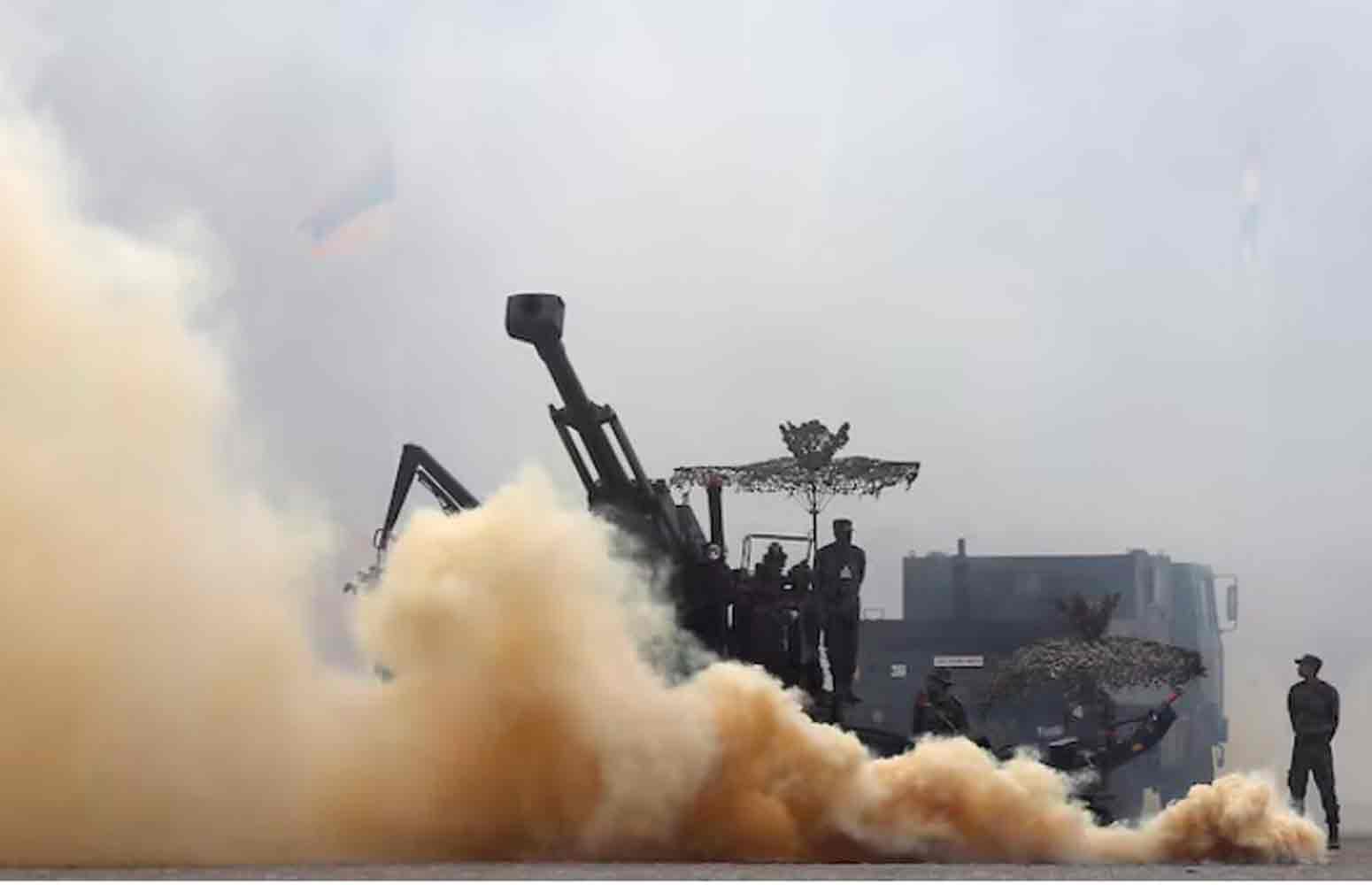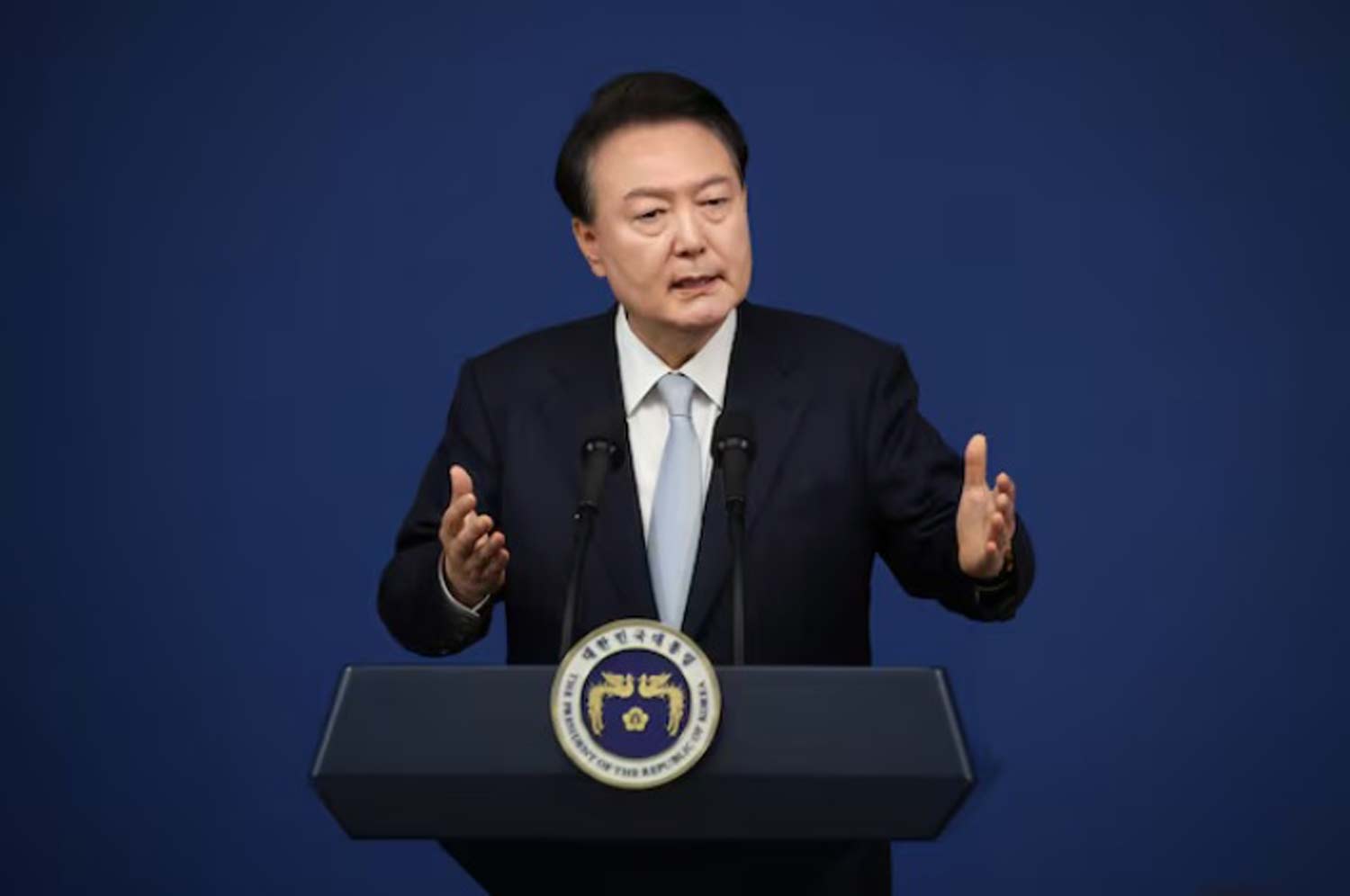The United States currently has no plans to remove a mid-range missile system stationed in the Philippines, despite requests from China, and is evaluating its potential role in a regional conflict, according to informed sources. The Typhon system, which can be fitted with cruise missiles targeting Chinese locations, was introduced for joint military exercises earlier this year and has since remained in the region.
The Philippines, located south of Taiwan, plays a crucial role in U.S. strategic interests in Asia and would serve as a vital base for military operations to support Taipei in the event of a Chinese aggression. Both China and Russia have criticized the initial deployment of this system in the Indo-Pacific, accusing the U.S. of escalating an arms race.
On Thursday, China’s foreign ministry expressed significant concern regarding the decision to maintain the system, stating that it poses a serious threat to the security of regional nations and exacerbates geopolitical tensions, as articulated by spokesperson Lin Jian during a press briefing.
The recent deployment, details of which have not been disclosed earlier, occurs amid rising tensions between China and the Philippines, a defense treaty ally of the U.S., over disputed areas in the South China Sea. In recent months, there have been multiple confrontations at sea and in the air within this strategically significant region.
Philippine officials reported that Filipino and U.S. forces are actively training with the missile system located on Luzon’s northern island, which overlooks the South China Sea and is in proximity to the Taiwan Strait. They indicated that there are no immediate plans for its withdrawal, despite the conclusion of joint exercises at the end of this month.
Colonel Louie Dema-ala, a spokesman for the Philippine army, informed Reuters on Wednesday that training is ongoing, and the duration of the missile system’s presence is at the discretion of the United States Army Pacific (USARPAC). A USARPAC public affairs officer noted that the Philippine army has indicated the Typhon could remain beyond September, with soldiers having trained with it as recently as last week, focusing on discussions regarding its operational integration with local support.
A senior official from the Philippine government, along with another source familiar with the situation, revealed that the U.S. and the Philippines are assessing the system’s viability for potential conflict scenarios and its effectiveness in that specific environment, both speaking on the condition of anonymity.
A government representative stated that the Typhon, designed for mobility and adaptability, was in the Philippines to assess its feasibility for deployment. This would ensure that it can be readily utilized when necessary.
The office of Philippine President Ferdinand Marcos Jr. did not provide a response to a request for comment.
In April, the U.S. Army transported the Typhon, capable of launching missiles such as the SM-6 and Tomahawk with ranges exceeding 1,600 km (994 miles), to the Philippines, marking what they described as a “historic first” and a “significant advancement in our partnership with the Philippines.”
A satellite image captured on Wednesday by Planet Labs, a commercial satellite company, and analyzed by Reuters, revealed the Typhon at Laoag International Airport in Ilocos Norte province. The senior government official who spoke with Reuters indicated that there are no immediate plans for its withdrawal. “If it is ever removed, it will be because the objective has been met, and it may return after necessary repairs or construction,” the official noted, emphasizing the strategic importance of maintaining the system to deter China. “We aim to keep them on edge.”
anti-ship weapons
The United States has been accumulating a range of anti-ship weaponry in Asia as it seeks to rapidly advance in the Indo-Pacific missile competition, where China currently holds a significant advantage, according to a report by Reuters. While the U.S. military has not disclosed the exact number of these weapons to be stationed in the Indo-Pacific, government documents indicate plans to acquire over 800 SM-6 missiles within the next five years.
Additionally, several thousand Tomahawk missiles are already part of U.S. stockpiles. China has repeatedly criticized the deployment of the Typhon system, with Wu Qian, a spokesperson for the Chinese defense ministry, stating in May that the actions of Manila and Washington have introduced “huge risks of war” to the region.
In June, Russian President Vladimir Putin referenced this deployment when he announced the resumption of production for intermediate- and shorter-range nuclear-capable missiles.
Philippine Foreign Affairs Secretary Enrique Manalo reassured his Chinese counterpart in July that the missile system’s presence in the Philippines does not threaten China and will not destabilize the region.
The U.S. has reported that China has fully militarized at least three of the islands it constructed in the South China Sea, which it claims almost entirely, despite a 2016 arbitral ruling favoring the Philippines, equipping them with anti-ship and anti-aircraft missiles.
China maintains that its military installations in the Spratly Islands are solely for defensive purposes and asserts its right to act within its territory.
Discover more from Defence Talks | Defense News Hub, Military Updates, Security Insights
Subscribe to get the latest posts sent to your email.





